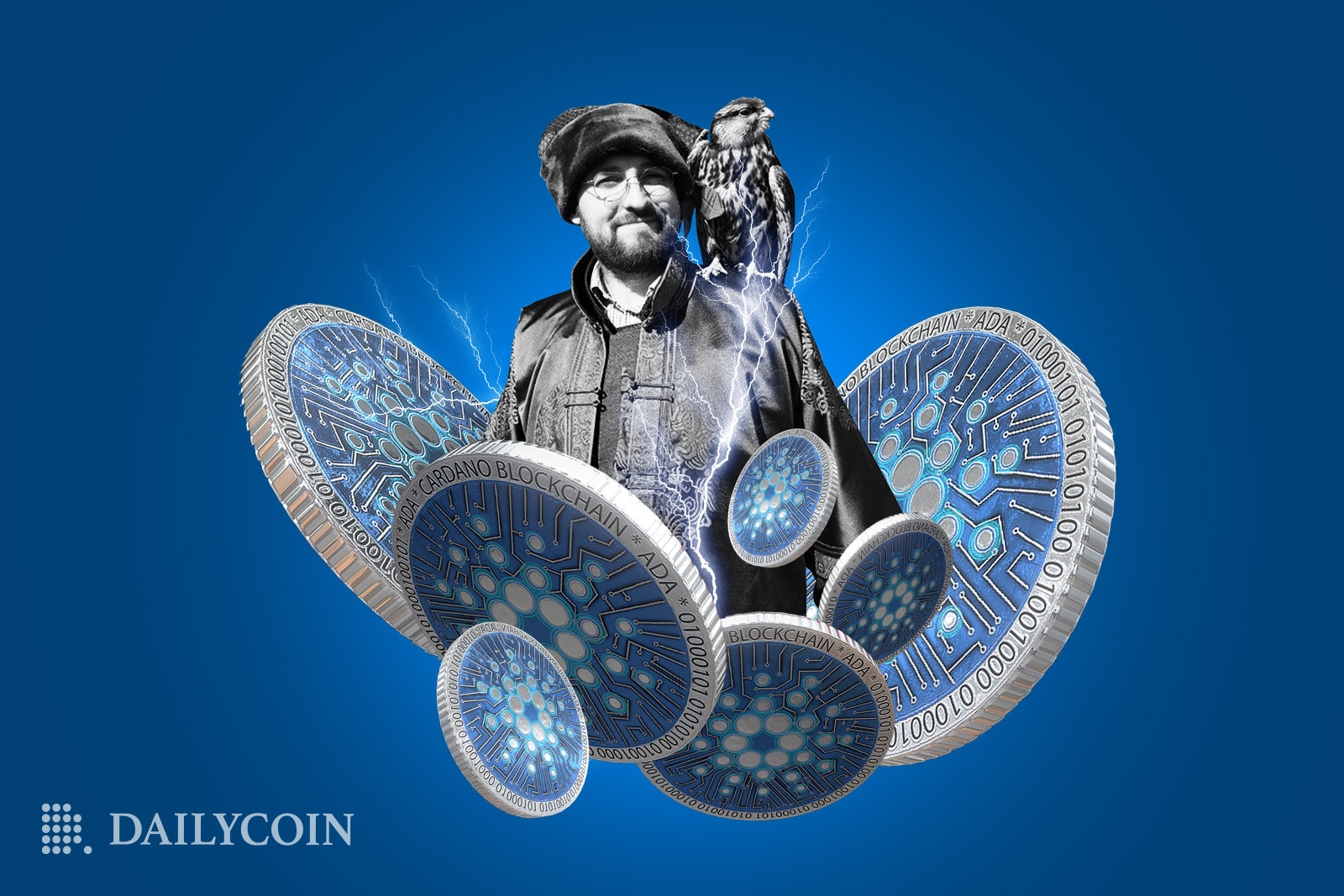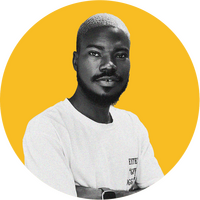
Charles Hoskinson is a man of many interests. Before diving into blockchain and founding Cardano, he was a Ph.D. student. After that, he worked closely with Vitalik Buterin and a few others to build Ethereum.
However, he didn’t stick with Ethereum for long. After a fundamental disagreement with the ETH team, he left Ethereum to find his own blockchain, which he named Cardano. Cardano eventually became a success, and Hoskinson became somewhat of a celebrity. He also became a millionaire along the way.
But that’s just half the story. Here’s how Charles Hoskinson went from being a Ph.D. student to being one of the most important founders of Web 3.0.
Before Web 3.0
Hoskinson is a graduate of the Metropolitan State University of Denver and the University of Colorado. He studied analytic number theory at these institutions, so he already had a rudimentary technical understanding of cryptography.
Sponsored
However, it wasn’t until Hoskinson began his Ph.D. studies that he started investigating crypto. That was when he decided to drop out and pursue a cryptography career instead. At this point, Bitcoin was still a fledgling technology, and the Bitcoin community was very small.
This meant that connections weren’t difficult to get, and people who were sufficiently motivated could get right in the middle of things fairly quickly. And that’s precisely what happened to Charles Hoskinson.
Sponsored
As Hoskinson was making his way through the crypto community and learning all he could, Vitalik Buterin was building Ethereum, the new crypto frontier. The Ethereum whitepaper virtually changed the scope of blockchain and opened the doors to what would now be Web 3.0. Ethereum would be a blockchain for everything, not just for financial transactions.
Hoskinson and many others like him loved the idea. Hoskinson was also doing his bit at the time to aid crypto’s adoption. He’d founded the Bitcoin Education Project, an initiative to make Bitcoin mainstream. The project had built a partnership with the Bitcoin Magazine — a newsletter that Buterin wrote for earlier in his career, and had also built a partnership with Udemy.
By the time Vitalik was assembling a team to write Ethereum, Hoskinson had found himself in that circle. He’d gone from being a crypto evangelist to part of the core team building the next thing in the ecosystem.
The Ethereum Project
As the founders of Ethereum worked feverishly, they also had to tackle administrative questions. The most crucial question was whether Ethereum would be for profit or not.
This question tore apart the group of founders. There were two camps in the core group. The first camp believed that Ethereum should be modeled after Google and become a huge profit-making corporation. The second camp believed Ethereum should be modeled after Mozilla, the not-for-profit foundation responsible for the Firefox browser.
Buterin was in the second camp. He was convinced that Ethereum should be run as a nonprofit, and his faction eventually won the debate. Hoskinson was in the second camp, and he and a few others believed that making Ethereum a non-profit would hinder its growth. At the time, Hoskinson had been named Ethereum’s CEO, but the argument on the future of Ethereum complicated that arrangement.
Hoskinson left the team soon afterward and built his own company.
Building Cardano
After leaving Ethereum, Hoskinson took a six months sabbatical. During this time, he contemplated returning to academia and perhaps rounding up his Ph.D.
However, life had other plans for him. During his sabbatical, he was approached by Jeremy Wood, a former colleague at Ethereum.
The two men founded Input Output Hong Kong (IOHK). The company was founded as an engineering and research company that built cryptocurrencies and blockchains. They initially put a few thousand dollars into the company and started getting crypto-building contracts.
The company got paid in Bitcoin, and the market soon entered a bull run. Within a short while, Hoskinson realized that IOHK was raking in unbelievable profits and could now build its own blockchain and still have enough left for administrative costs.
IOHK sold part of its Bitcoin holdings and began work on building Cardano. Interestingly, while building Cardano, Hoskinson refused to seek venture capital.
Hoskinson later revealed that he believed seeking venture capital for Cardano would counter crypto’s principles. He felt that venture capitalists would “get their pound of flesh” from the project before anyone else and thus ran contrary to crypto’s principles of decentralization.
In recent times, Hoskinson has even been critical of his decision to oppose Buterin at Ethereum. He’s admitted that he may have been wrong about what path Ethereum should follow, and the subsequent success of the community means that Buterin and the rest of his camp could have been correct.
In the meanwhile, Cardano grew at a dizzying rate. By 2017, IOHK, the parent company of Cardano, was rich enough to sponsor research labs at the University of Edinburgh and the Tokyo Institute of Technology. This research eventually led to the Ouroboros blockchain consensus protocol. Ouroboros would later be used as the basis of the Cardano blockchain platform.
The next year, Cardano announced a partnership with the Ethiopian government to discuss ways to deploy Cardano in the country.
Like every other cryptocurrency, Cardano suffered during the 2018 bear market. The project only started recovering in 2021, and since then, it has managed to hit new highs before succumbing to the current bear market.
Philanthropic Efforts
Charles Hoskinson is more than just a founder. He’s also an active philanthropist. Hoskinson’s adventures with Cardano have made him a very wealthy man, and he’s used this wealth to uplift and help those around him.
In 2021, Hoskinson donated about $20 million to Carnegie Mellon University to construct the modestly-named Hoskinson Center for Formal Mathematics.
The Laura Shin Controversy
In early 2022, journalist Laura Shin released a book titled The Cryptopian. It chronicled the early years of Bitcoin and the individuals that shaped it. Shin’s book was heavily researched, and she was quite critical of several characters. One such individual was Charles Hoskinson.
Shin claimed that Hoskinson and others like him had very little integrity and weren’t as honest as their public personae may suggest. Hoskinson was quick to clap back, calling Shin’s book a “great work of fiction” that would nevertheless find it difficult to beat Tolkien.
Great work of fiction. Tough market to beat George R.R. Martin and Tolkien, but we wish her well
— Charles Hoskinson (@IOHK_Charles) March 5, 2022
Shin didn’t take this insult lying down and retorted that she’d thoroughly fact-checked everything in her book. One of the claims in Shin’s book was that there was no evidence that Hoskinson was ever a Ph.D. student and was only ever enrolled as an undergraduate.
Hi Charles, speaking of fiction, do you want to address the discrepancies between your claims of dropping out of a PhD program and the schools' assertions that you were enrolled as an undergrad? pic.twitter.com/gBULGEa6KK
— Laura Shin (@laurashin) March 6, 2022
But that was just the beginning. Shin claimed that Hoskinson often advertised himself as a CIA asset and once hinted that he’d worked at the Defense Advanced Projects Agency (DARPA). These are claims that Hoskinson has also made to the public. In her book, Shin argues that Hoskinson’s claims are false.
If Laura Shin’s accusations are right, one can only wonder what else Charles Hoskinson might be hiding.
On the Flipside
- In Laura Shin’s book, she claims that Hoskinson didn’t do a lot of technical work in the building of Ethereum; hence his technical capacity might have been overstated.
Why You Should Care
Charles Hoskinson is an important figure in crypto, and it’s important to understand his background and how he built up his profile. This will also help people understand how much weight they can put on his words.
